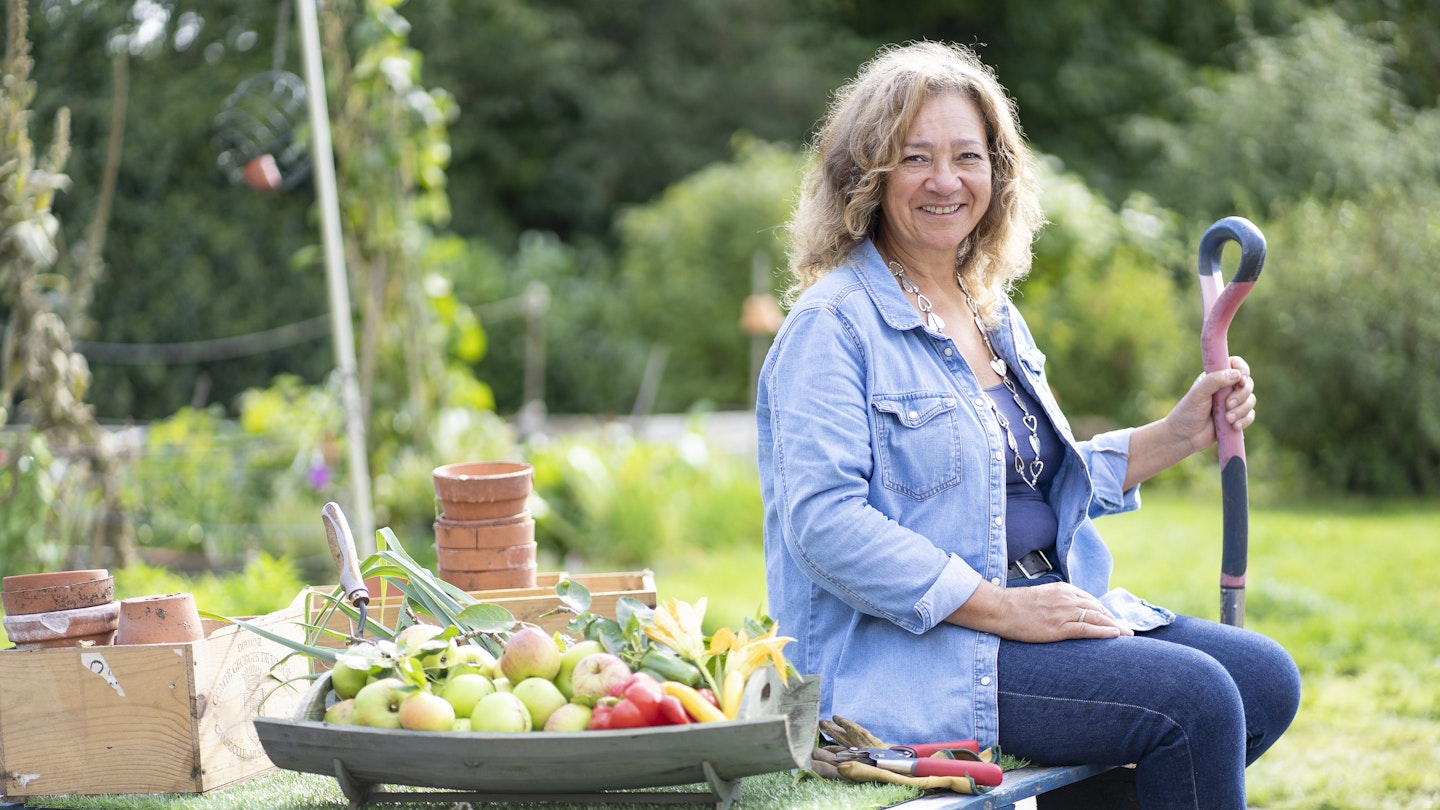If you're looking for some ways to spruce up your garden on a budget or just fancy spending more time outdoors with a new hobby, having an allotment plot or garden could be a good place to start. An allotment can give you the freedom to have a private patch to grow your own fruit and veg like tomatoes. If you're a beginner who is looking for allotment ideas, we've pulled out some of the key factors to consider before growing your own food.
While allotments are mainly associated with growing your fruit and vegetables there are many other benefits to having an allotment garden, including developing friendships, strengthening communities, and gaining new skills in gardening.
How to get an allotment
An allotment is a piece of local land that is available to rent for non-commercial use. These plots are rented from the local council for a reasonable fee. An allotment garden is also a great way to grow food that is free of pesticides. Allotments are in high demand, especially in recent years, so if you're looking for a spot ensure you get on a waiting list as soon as possible. If you can't find a plot near you or you're unsure where to search, go on the GOV.UK website to find a plot within your local council area.
Before you consider renting a patch and begin your next gardening project, take a look at our top allotment ideas for beginners and those looking to refresh their current slot here.
Things to consider in your allotment garden

First, you'll want to clear the space. Whether the person who had that plot before you let it get a little overgrown or your garden needs some TLC, it's important to start with a fresh patch. During your clear-out, you may need to get rid of some weeds before you start planting.
Don't worry if the current plot is particularly wild, because this means the soil is fertile. After you've gutted out the area, fertilise well–this usually involves adding topsoil. Once you've done this, set up your storage and equipment–usually, the go-to gardening tools are forks, spades, a wheelbarrow, gardening gloves, and a couple of watering cans.
There are then some practicalities you'll need to consider including access and parking, security, whether or not you can borrow communal gardening supplies or machinery and, most importantly, if you get water access.
Allotment layout ideas
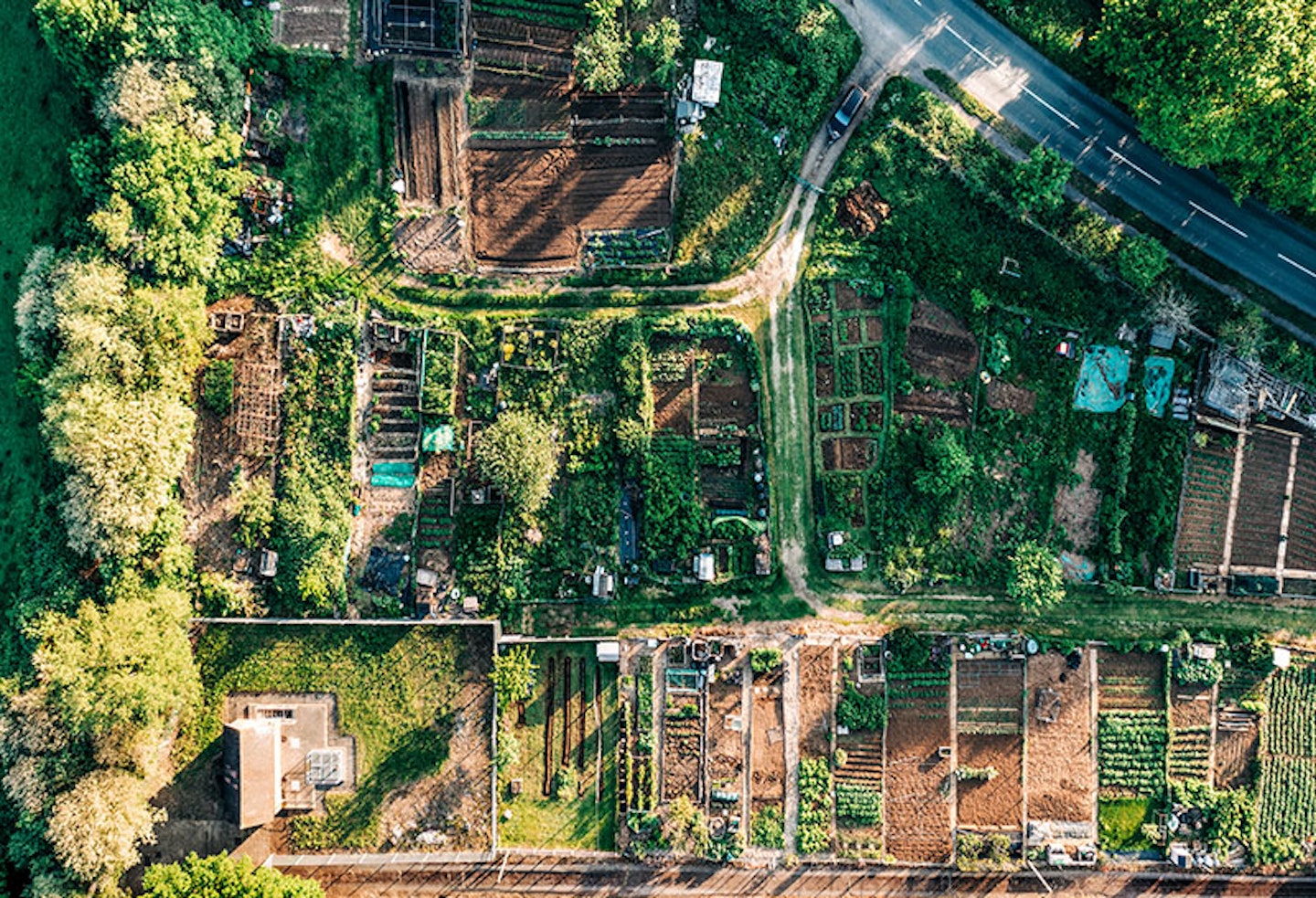
Once you have a clear space, you'll want to plan your allotment ideas to fit the layout of your space. This is perhaps the most fun part of planning your patch. Think of it as a birds-eye garden design view of your allotment and plan where you'll be growing each vegetable and fruit.
You'll need to take some things into consideration–what type of soil do you have? How well will your plants grow in this soil? Are there any plants there already? Does any initial work need to be carried out? Will you have raised beds? Will you have a greenhouse? How does the sun travel over the plot? Have a good think before you begin and speak to more experienced gardeners at the allotment, so you can get a good idea of what works and what doesn’t – you may even find yourself making a new friend too!
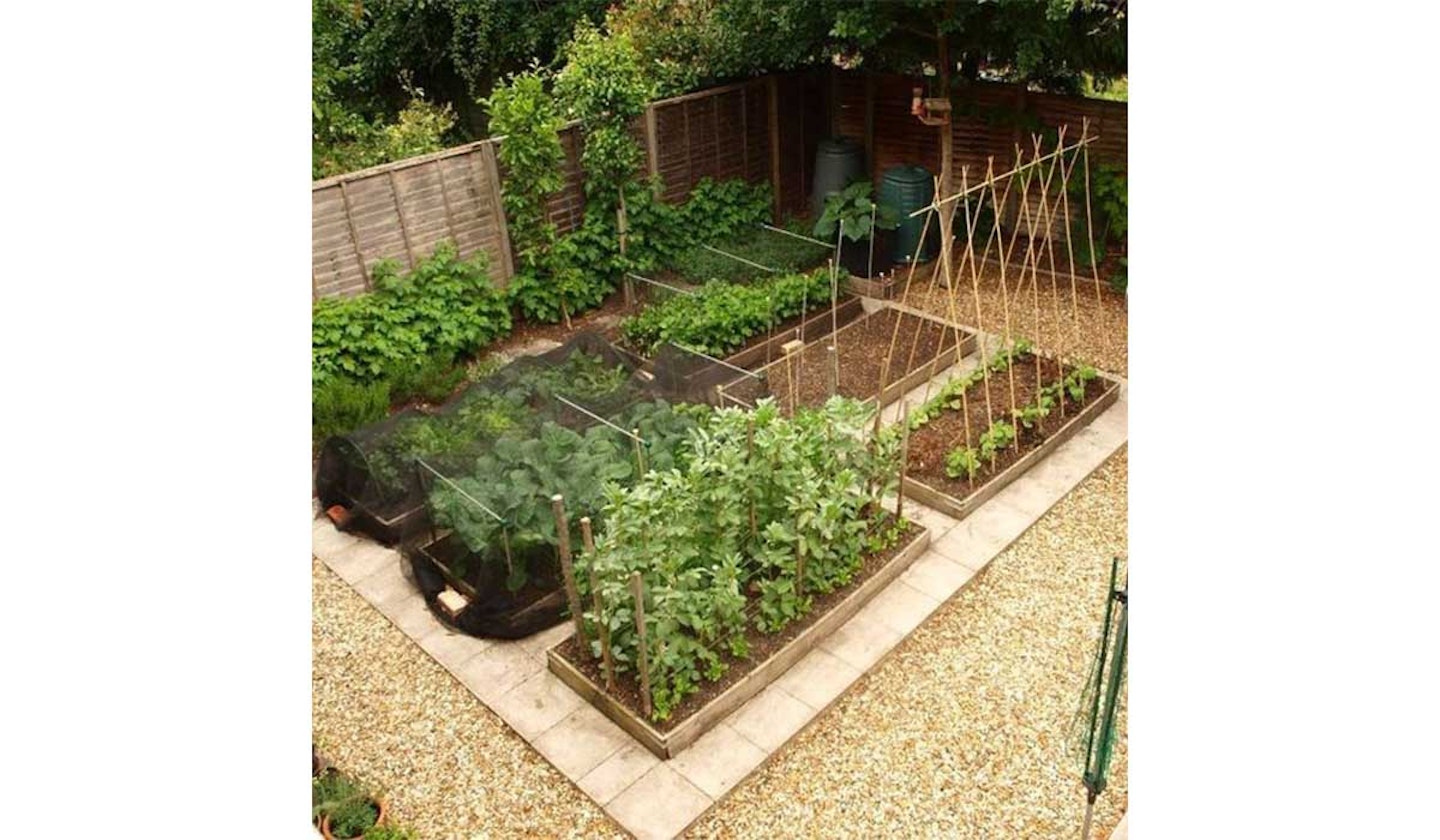
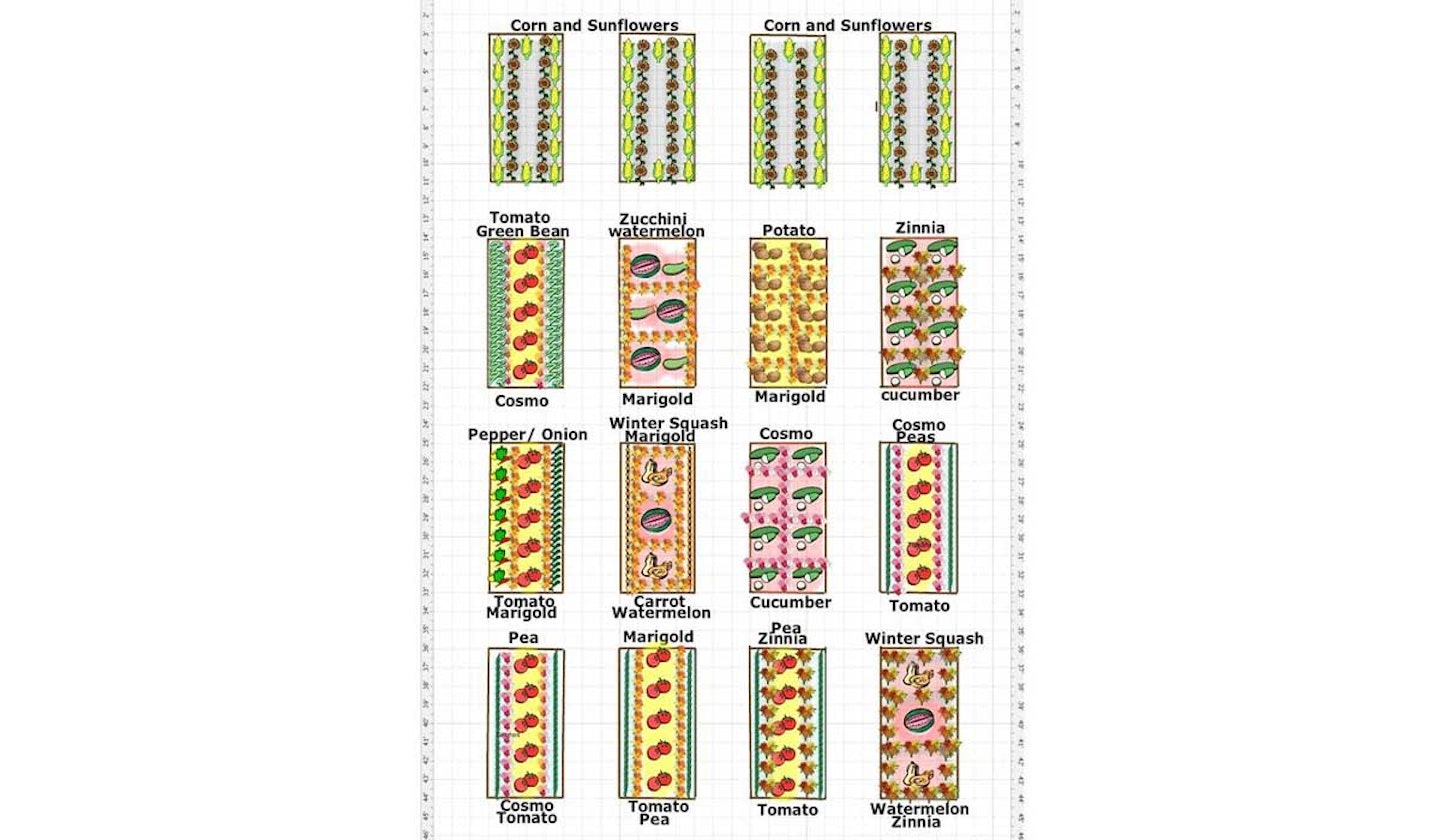

Healthy soil
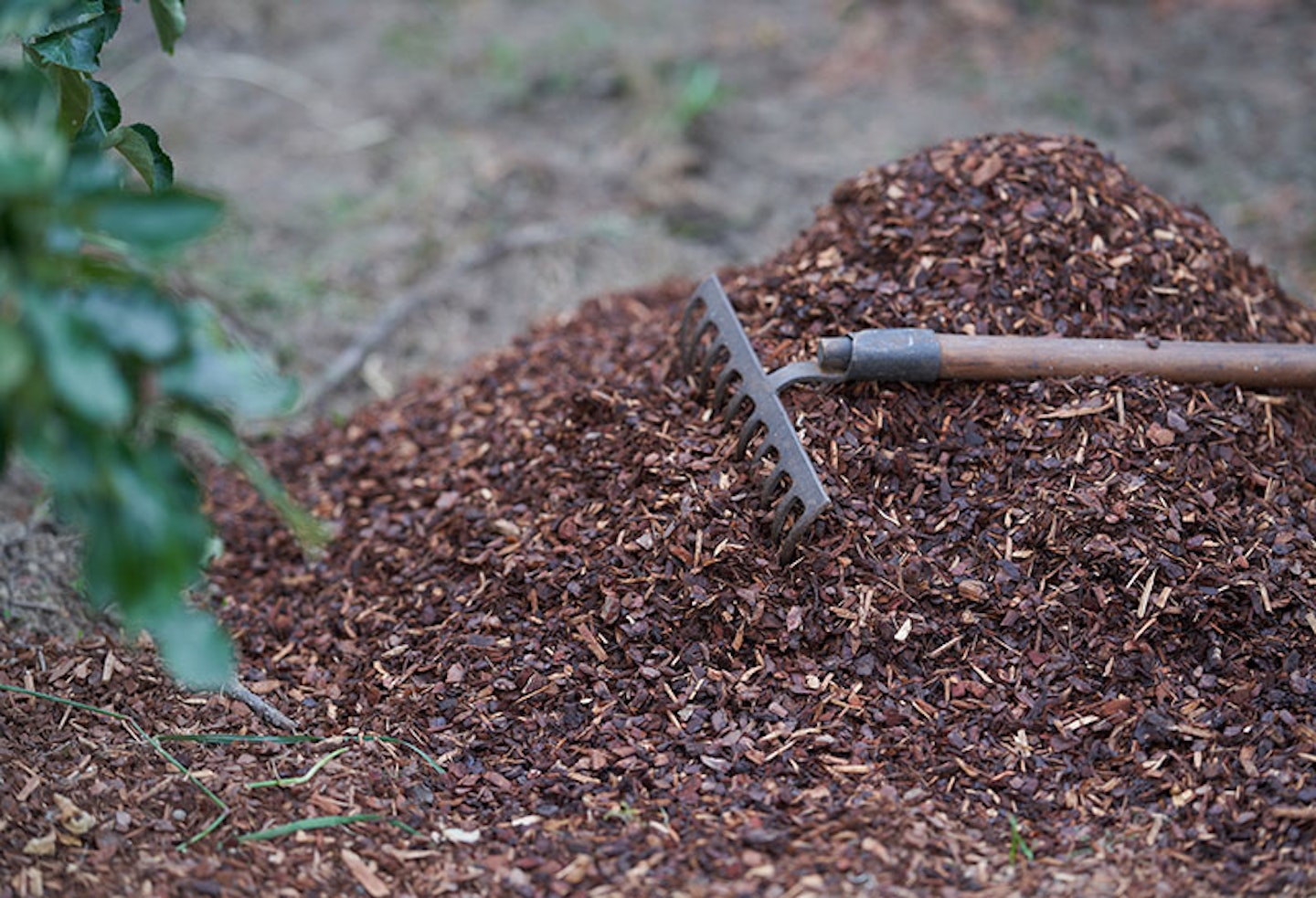
Take care of your soil before you start growing anything. One important element is checking whether the water drains well. You should also take note of what soil you're laying down and what it consists of. Once you've laid your compost you may want to consider adding manure or mulch to replenish the nutrients in the soil. As the months go by you'll learn what your soil is like and how best to take care of it.
Add mulch: Soil can lose moisture through evaporation. A good way to help reduce moisture loss, to help improve soil nutrients, reduce soil erosion and to minimise weed growth is to add mulch to your soil. The types of mulch include organic mulch, which is biodegradable matter including wood chips, grass clippings or cardboard. There is also inorganic mulch, which is either gravel or river rock.
What to plant and when

With vegetable gardening, it's a good idea to buy your seeds all in one go, and find a nursery that you can rely on for good-quality seeds. Try to opt for seeds that are disease-resistant seed varieties, and repel pests, and F1 cultivars as they tend to be stronger growers. Only buy what you know you have space for in your allotment. You'll also want to think about when to plant your veggies.
If you're beginning, it's a good idea to stick to one or two types of fruit and veg. Just like garden plants, different varieties of fruit and vegetables require different demands when it comes to taking care of them, which can get quite overwhelming if you have a number of crops on the go.
The best allotment plants are leafy greens, onions, garlic, runner beans, broad beans, celery, spinach, strawberries, blueberries, basil, garlic, tomatoes, courgettes and potatoes. Perennials are also a great idea for allotments; they live for more than two years and return each spring.
Tomatoes: Sow: Feb–April Harvest: July–Oct
Potatoes: Sow: Feb–March Harvest: July–Oct
Radishes: Sow: Feb–August Harvest: May–Feb
Onions: Sow: Mar–July Harvest: 8 weeks later
Peas: Sow: Mar-June Harvest: 2–3 months later
Garlic: Sow: April–May Harvest: Oct-Nov
Salad leaves: Sow: Mar–Sep Harvest: year-round
You may also want to consider buying your very own greenhouse for your allotment, so your crops are protected in all weather conditions.
Don't forget about the harvesting
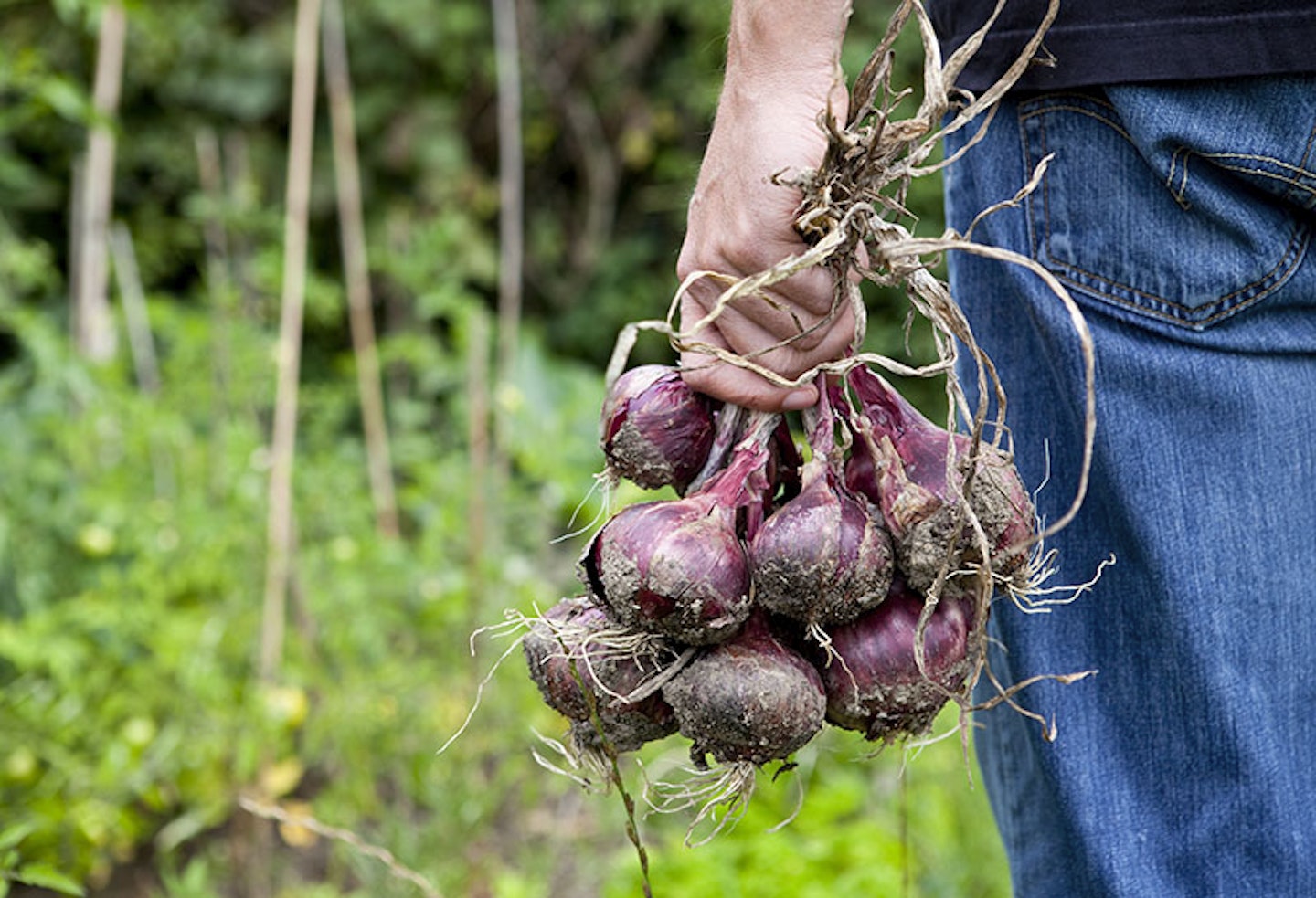
One of the most rewarding parts of having an allotment is picking your own fruit and veg and once you've tasted the fresh produce, you'll be hooked. There is only a two- to three-day window when crops are best to eat, so it's important to keep a close eye on your crops to ensure you're eating them in their prime. It may be a wise idea to get yourself a pair of gardening scissors or a sharp knife to cut produce off easily. Using a cutting tool also prevents plants from being torn–this means plants can grow and flower more efficiently.
Here are some tips for harvesting specific fruits and veg:
Picking runner beans, mange tout, radish and courgettes: Pick these types of vegetables when they're small. Picking these little and often will ensure these crops grow more and keeps the plant stronger.
Pick all the vegetables on your plants: Even if you've got an abundance of vegetables ensure you pick everything on the plant, this will ensure regrowth and excess can add to the compost heap.
Tomatoes: Tomatoes are one of the easiest plants to grow and you know when they're ready because the stalk snaps easily and the tomato pops off cleanly. Tomatoes can also be pulled off, just before they're fully ripe, and placed on the windowsill to finish ripening at home–this is particularly useful if you've reached the end of the season.
Apples, pears, plums: These types of fruit are, like tomatoes, also usually ready to eat when the stalk snaps easily. To harvest, gently hold the fruit and twist it upwards to pull off. Cup the fruit, rather than grab it, to ensure you don't bruise it.
Do your research
If you're a beginner, you'll want to read up on allotment ideas to learn more about what the experts say. Here are some of our favourite expert books to read for the best gardening tips if you're thinking about creating your own allotment.



‘My miracle lockdown allotment’
It was just a few days before Boris Johnson announced the UK was going into lockdown when Yours Picture Editor, Davina received the keys to an allotment of her own. She’d just downsized from a house with a garden to a smaller place with just a patio and had been longing to get a council allotment.
However, faced with long waiting lists and the knowledge that lockdown might be looming, it was a total stroke of luck that just then she found a privately-owned plot that was available just a couple of minutes’ walk from her door. It sounds perfect, but the trouble was this allotment was a junkyard!
Having spent years in the hands of a gentleman who liked to hoard things, the half an acre site was full of rubbish, from old fridges to bits of metal. There was little to no nature insight. In the past, many gardeners had been to visit the allotment but no one wanted to take it on. For Davina, though, it was just the challenge she was after.
She started by clearing away the rubbish, recycling everything she could, and bit by bit, beneath the junk she found a little paradise. “Things started growing and soon there were birds and butterflies, deer and rabbits all visiting the garden,” she says. “It was like a little wildlife haven.”

Determined to give her new visitors a good home, Davina set to work with her allotment ideas to make a totally organic garden, avoiding all pesticides and weed killers as well as introducing wildflowers that would attract more bugs, shrubs to give birds shelter and a pond to draw in frogs and dragonflies.
She also set about planting lots of fruit and vegetables, as well as making the most of the old orchards already planted in the allotment site, the crops from which she’s just enjoying at the moment. “I’ve been baking apple crumbles at the weekend and we had a barbecue using sweetcorn, courgettes and onions all from the allotment,” says Davina.
The whole experience has been life-changing and Davina says it totally transformed her experience of lockdown.
“My allotment has been my sanctuary as it’s been a focus to keep me going and keep me sane,” Davina says. “In lockdown, the world felt so out of control but for me, the allotment felt like something I could have control over. It’s given me a totally new passion – I now just want to be there all the time.”
‘Every day there are new things to do and it can be really hard work, but I love it’
In fact, most days as soon as she finishes work, Davina goes straight over to tend to whatever needs doing. “I have had times where I’ve thought ‘why did I take this on?’ as every day there are new things to do and it can be really hard work, but I love it.”
She’s also loved the social aspect of getting to know the other allotment owners, especially at the height of lockdown when she couldn’t get out to see family and friends. “I’m single and fairly new to the area so it was lovely to meet all the other friendly gardeners,” says Davina. “We share tips and tools and it’s a great inspiration to see what they’ve done with their plots from outdoor bars to compost loos!”
Now Davina is excited to see how the garden will transform over the seasons and is planning a frenzy of planting next spring which she hopes will see the allotment flourish even more.
“This has given me a new lease of life through a difficult time and I just can’t wait to see what the future brings.”
If you have your own allotment ideas and would like a space of your own, contact your local council or if you’re in a rural area, your parish council, to apply for one. You can also apply online at www.gov.uk/apply-allotment. There may be a waiting list so you may also want to look for privately owned allotments in your area – The National Allotment Society features some available plots at www.nsalg.org.uk.
Maria Martin is Digital Group Editor for Yours.co.uk and Motherandbaby.com. She is a mum-of-two with a passion for helping women from all walks of life – from supporting breastfeeding mothers with expert advice to encouraging conversations about mental health. In her professional role, she has over 10 years' experience in the digital world, including editing article, focussing on SEO, social media engagement, picture researching and video editing.
